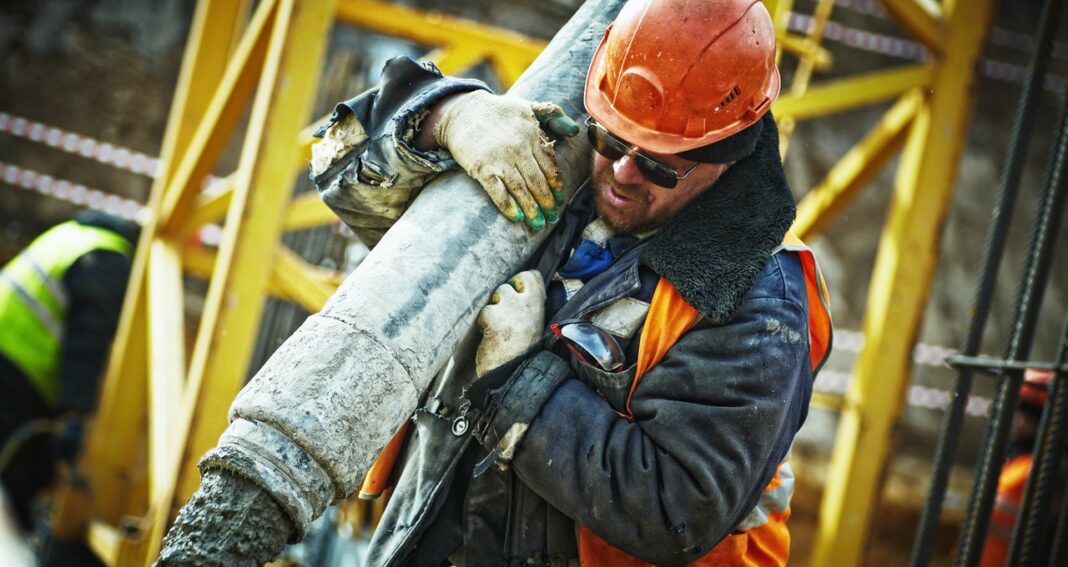In 2019 in the U.S. alone there were more than 5,300 workplace fatalities and more than 2.8 million workplace illnesses and injuries. For organizations with employees performing dangerous work, safety is a vitally important topic. Their efforts to improve safety focus in two broad areas–the organization or employees themselves. What should not be overlooked, however, is that employees are not equally capable of performing the job safely. This raises the question of how to hire people able to be safe.
Promoting Safety By Changing the Organization
Organizations routinely battle accidents and injuries by changing how they operate. This can be attacked on two fronts. First, organizations can improve their safety climate. This means clarifying expectations for safety behavior by encouraging safe and discouraging unsafe behaviors. An organization with a good safety climate has policies and practices that promote safety. Second, organizations can improve safety leadership. Direct supervisors of employees are the first line of safety defense as they encourage and model safe behavior. Particularly in working environments that can be potentially dangerous, it falls on front-line supervisors to make sure working conditions are safe and that employees perform their jobs safely.
How To Hire People Able To Be Safe
Hiring people with the capability of remaining safe at work requires attention to safe job requirements. The mean paying attention to safety KSAOs (Knowledge, Skill, Ability and Other Characteristics) needed to stay safe. There are general KSAOs for safety and there are specific KSAOs for particular jobs and tasks.
- Safety Knowledge. Safety begins by knowing how to perform tasks safely. It means knowing about the safety gear needed for each task and how to use it. When I was in middle school wood shop, my teacher Mr. Klein was a safety fanatic. He taught us that there was a dangerous spot next to every machine, called the line of tangency, where you might get hit by a flying piece of wood. It seemed at least once per class he would shout for everyone to turn off their machines and he would explain how someone in the class broke the rule. To this day I remain very aware of how to avoid the line of tangency for every one of my machines.
- Safety Skill. Knowing how to be safe is not sufficient if an employee lacks the skill to use equipment and tools safely. Manual tasks can take considerable time to learn, and it can be dangerous for an unskilled person to do them. A requirement for using any piece of equipment is that the person has the skill to use it.
- Safety Ability. Ability is the innate talent to learn knowledge and skill. This means a person should have sufficient cognitive ability to understand how to be safe. This can require a high level of ability for jobs that require an understanding of complex processes. For example, an electrician must understand how circuits work and how to avoid being shocked. This is not always obvious, and it can require a high level of technical knowledge. For many manual tasks, a high level of perceptual and motor ability is necessary to develop adequate skill to remain safe.
- Other Characteristics. There are several factors that fit the other category that can be important for safety. Two are particularly relevant. First, there is the value that people place on safety. Some people show a high level of concern with safety and will naturally do all they can to remain safe, and others not so much. Second, there is personality. Much research has been conducted to identify personality characteristics that predict who will have an accident at work. For example, people who are high on the trait of conscientiousness tend to have fewer accidents. These are people who like to follow rules, so it is not surprising that they would obey safety requirements of the job.
If safety is a concern for a particular job, a focus on safety KSAOs at the time of hiring can be a good strategy. To use this approach effectively, you must first identify the necessary KSAOs for safety in the job in question. Then consider ways to assess the most critical KSAOs in job applicants (my I-O psychology textbook explains how this is done). This approach is how to hire people able to be safe and will make the most of the climate and supervision experienced on the job.
Photo by Yury Kim from Pexels
